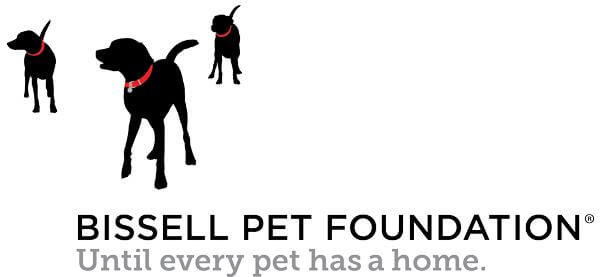As a devoted companion to your dog, you may have noticed that behavior issues can arise, prompting the need for intervention. Understanding the factors that influence your dog’s behavior development can empower you to foster a healthier, happier relationship. Here’s a closer look at the key elements that play a role in canine behavior correction.
The Role of Canine Demographics
1. Age Matters
Younger dogs often exhibit more potential for improvement when undergoing behavioral treatment. Their adaptability and learning capacity can lead to significant progress in overcoming behavioral challenges. In contrast, older dogs may require more time and patience as they adapt to new training methods.
2. Weight Considerations
A dog’s weight can also impact treatment outcomes. While the specifics of this relationship are not always clear, maintaining a healthy weight is crucial for overall well-being and can influence behavior. A balanced diet and regular exercise can enhance your dog’s responsiveness to training.
Owner Personality Traits
1. Conscientiousness Counts
Research indicates that individuals who score higher in conscientiousness tend to achieve better treatment outcomes for their dogs. This trait often correlates with a structured approach to training and a commitment to following through with behavioral plans.
2. The Power of Extraversion
Owners who exhibit higher levels of extraversion often create a more engaging and stimulating environment for their dogs. This can lead to more favorable behavior changes, as these dogs benefit from active interaction and socialization.
3. Openness to Experience
An open-minded approach to training and behavior modification can yield positive results. Owners who embrace new techniques and are willing to adapt their methods often see better outcomes in their dogs’ behavior.
Strength of the Human-Canine Bond
The attachment between you and your dog plays a crucial role in the effectiveness of behavioral interventions. A strong bond fosters trust and security, making your dog more receptive to training. Engaging in activities that strengthen this connection, such as playtime and positive reinforcement, can enhance treatment success.
Importance of Baseline Behavior
Your dog’s behavior at the start of issue identification serves as a significant predictor of future changes. Early problem identification leads to better results and greater odds of improvement over time. It can’t be stressed enough that early intervention and consistent training efforts are pivotal.
Understanding these factors allows you to tailor your approach to your dog’s behavioral challenges. Considering your dog’s demographics, your personality traits, and the strength of your bond will make you create a supportive environment that fosters canine behavior correction. Remember, the journey to better behavior is a collaborative effort, and your commitment plays a vital role in your dog’s success.
Post Views: 51
Animal Wellness is North America’s top natural health and lifestyle magazine for dogs and cats, with a readership of over one million every year. AW features articles by some of the most renowned experts in the pet industry, with topics ranging from diet and health related issues, to articles on training, fitness and emotional well being.
Source: Animal Wellness Magazine












